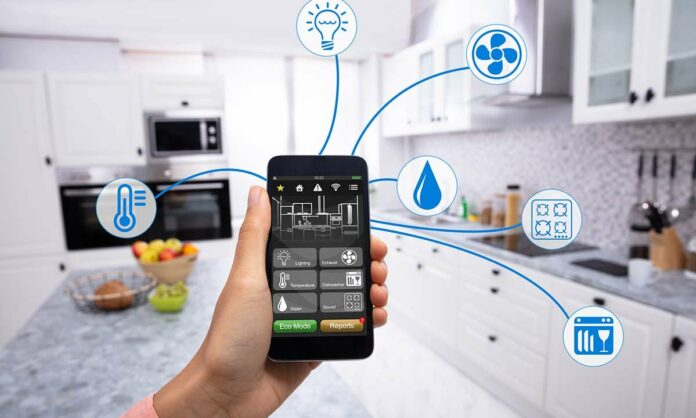The smart home market size is estimated to grow USD 138.9 billion by 2026 from USD 84.5 billion in 2021, at a CAGR of 10.4% during the forecast timeframe.
The increasing number of netizens and adoption of smart devices along are the major factors for driving the market.
Furthermore, factors such as the growing relevance of home monitoring in remote places and rising disposable income in emerging countries have aided the expansion of the smart home industry.
The global COVID-19 pandemic has had an impact on the smart home business. Consumer demand for smart home goods such as smart TVs, smart speakers, and other devices remained strong despite continuous supply chain disruptions, unemployment, and an uneven economic recovery.
Because the majority of the population works from home, demand for smart home products such as smart speakers and home healthcare has surged as a result of the COVID-19 epidemic.
In the third quarter, the United States had the largest share of unit shipments, which increased by 9.5 per cent quarter over quarter. China was the second-largest country by shipment volume, accounting for 24.7 per cent of total shipments, although with a 5.2 per cent decline from 2Q21. Western
Europe and Latin America both experienced strong sequential growth, with a 17.9% and 15.0 per cent increase, respectively.
In the third quarter, video entertainment gadgets such as smart TVs and streaming players continued to ship the most, accounting for 35.3 per cent of total shipments. Smart cameras and smart locks, which account for 20.4 per cent of shipments and climbed 13.5 per cent, accounted for 20.4 per cent of shipments.
Despite the ongoing health crisis, the most important factors driving the global market growth are rising broadband penetration, rising disposable incomes, and rapidly rising consumer awareness of smart home devices, thanks in part to extensive marketing and consumer education campaigns by market leaders.
However, continued worries about security and privacy, as well as consumers’ price sensitivity to upfront and recurring expenditures of devices and services, continue to limit the market’s growth.
In the home healthcare segment, demand for home healthcare products such as fitness trackers and health status monitors has increased. This is because of the increased awareness among people who have become more conscious of regularly monitoring their heart rate, oxygen levels, and other fitness-related activities to avoid risk.
However, depending on how far the virus spreads, global sales are anticipated to drop by 5–10 per cent this fiscal year.
Follow and connect with us on Facebook, LinkedIn & Twitter

